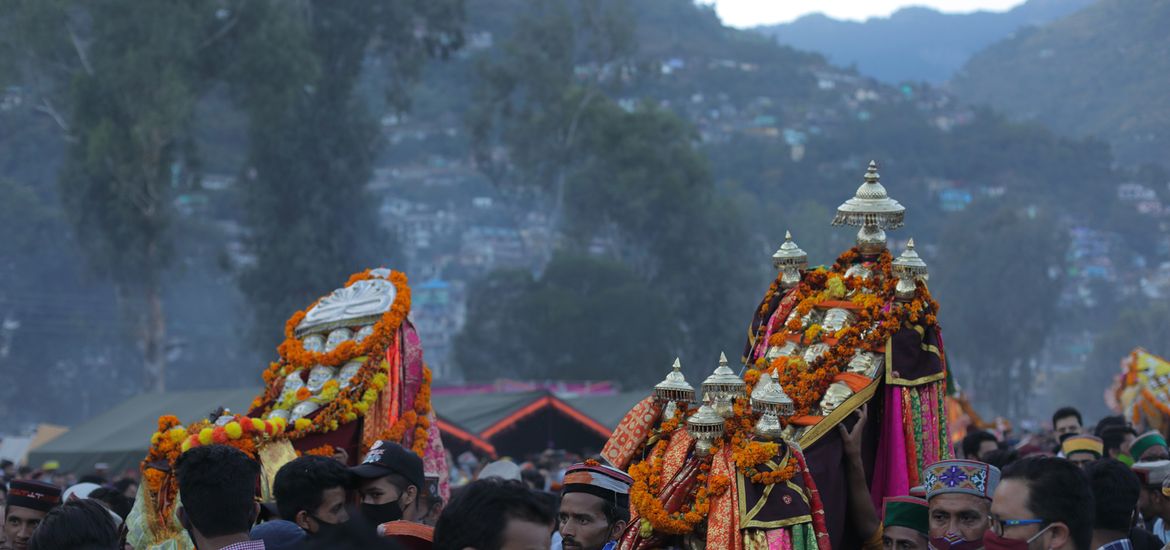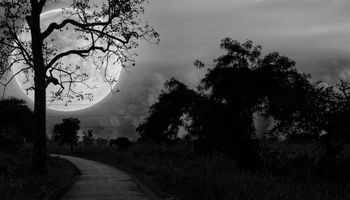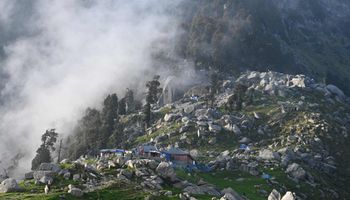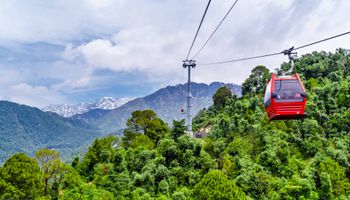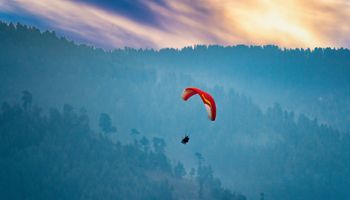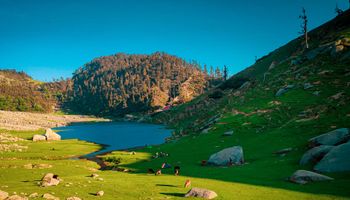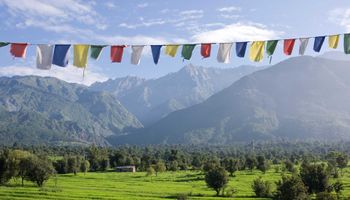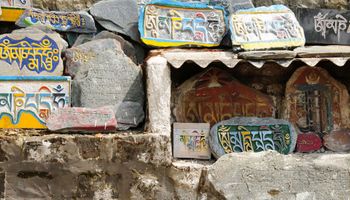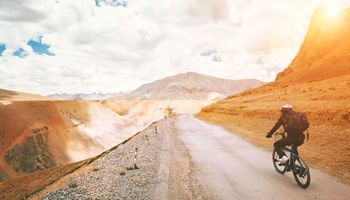The quaint town of Kullu resides on the Beas River in Northern India's Himachal Pradesh. Here, you can discover a festival called Kullu Dussehra celebrated annually in October. Because Kullu is known as the "Valley of the Gods," this Hindu festival fits perfectly into the history and landscape of the area. Learn all about Kullu Dussehra so you can plan a trip during this celebration in the autumn.
The Tale of Raja Jagat Singh
Reportedly, the festival originated with Raja Jagat Singh who ruled Kullu in the mid- to late 1600s. He harassed Brahmin Durga Dutt, a peasant, known for his beautiful pearls. Refusing to hand the pearls over, Dutt locked his entire family inside their home. When the king arrived to claim those pearls, he was cursed by Dutt as the family burned inside the structure.
Afterward, the king became ill. As a solution, he worshiped Lord Rama, and the illness was cured. From that day forward, Lord Rama is the main deity worshiped in Kullu. Indeed, the festival has grown from this legend as the deity is thanked annually for good health and fortune.
Learning About the Festival's Highlights
Along with the festival's origin tale, there's another legendary reason why Kullu is the perfect region for this celebration. According to Hindu lore, Maharishi Jamdagni traveled this area with 18 different gods held in a simple basket. During a storm, this basket toppled over into the Kullu Valley. Then, these 18 images took the form of gods to the local people. As a result of these detailed stories, Kullu Dussehra is a time-honored tradition for Hindus.
Today, the festival retains a deep respect for hundreds of gods and goddesses. To properly celebrate these deities, seven full days are necessary. Take a close look at each celebration day to understand the festival's importance in India's culture.
Day One
Followers refer to the first day as the Chariot Journey. Traveling from various points within Northern India, Hindus carry palanquins or wheelless vehicles carrying idols. These idols correspond to gods or goddesses traveling to the festival. Each palanquin can have varying decorations to celebrate each deity.
Typically, the most popular palanquin is the Rathyatra of Lord Raghunathiji vehicle. Aside from the wood beams attached to the palanquin for transport, it also has ropes. As the followers transport the palanquins closer to the festival, locals assist by pulling on the ropes. Overall, this procession is a sacred time for everyone involved.
Days Two Through Five
After the processions arrive in Kullu, days two through five are filled with a fair-like atmosphere. Each decorated palanquin has its own tent and reserved space in the main city of Kullu. Here, followers keep the idols on display in their decorated spaces. As visitors walk within this tent city, they can see, worship and celebrate each god or goddess.
Also, many cultural performances occur during days two through five. Hindus from across the country might visit Kullu Dussehra each year for this experience. As the celebration grows larger, foreign visitors have come to pay their respects.
Lastly, visiting the tents and enjoying the cultural displays are just part of the spectacle. With the approval of the government, countless numbers of sellers have stalls within the festival. From handicrafts to religious items, these products are available for sale from locals so that you can feel part of the celebratory atmosphere.
Day Six
On day six, a major gathering occurs. For the past few days, the gods and goddesses have been static in their individual stalls. Today, they convene in a group to exchange pleasantries. Along with their followers, this gathering is a practical example of how these deities co-exist in the Hindu faith.
To accentuate the gathering's importance, musicians follow the gathering. Many participants wear colorful clothing and focus on remaining with Lord Rama's group. Overall, day six is a culmination of everyone's efforts to travel to and settle into the festival from afar.
Day Seven
Day seven is the last day of the festival. Now, the festivities have moved to the edge of River Beas. Initially, followers set a large bonfire, which symbolizes Lanka's burning and the defeat of the demon king Ravana. Throughout this celebration, Lord Rama is the center of worship.
As the bonfire burns, animal sacrifices are the focal point. Specifically, followers sacrifice a lamb, a fish, a crab and a rooster. Finally, followers sacrifice a buffalo with one strike from a sickle. With the sacrifices to the gods and goddesses complete, the festival ends. Afterward, the idols encased in their palanquins return to their corresponding towns across the region until the next year.
Visiting Kullu in October
Kullu Dussehra starts on a different date each year. Essentially, it begins after the ninth night of Navratri. The festival doesn't officially start until the "day of victory" or Vijayadashami. Typically, these dates fall in mid-October.
Because of the festival's popularity, booking a hotel far in advance is recommended. There are several affordable options in Kullu's city center. Ideally, fly into the Bhuntar Airport and take a taxi into Kullu. Walking the city is ideal during October because of its moderate temperatures in autumn, too.
Although many parts of India celebrate Dussehra, Kullu's festivities are often bigger and more ornate than other gatherings. As a visitor, you can experience the processions, colorful decorations and joyful camaraderie of the Hindu people during this week-long celebration. Remarkably, Kullu Dussehra will continue annually for generations to come.
